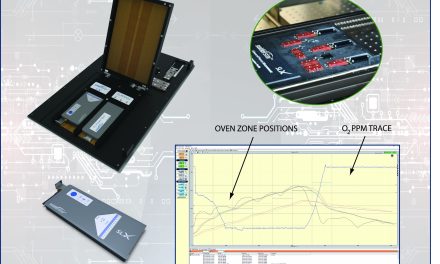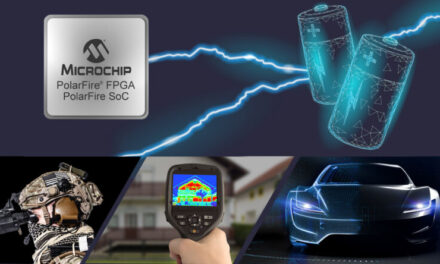The Nanotechnology Knowledge Transfer Network has announced the recent success of UK graphene company Moorfield.
Working with the NanoKTN and JEMI, and with £90,000 of funding from the UK’s innovation agency, the Technology Strategy Board, Moorfield and its UK distributor, IDB Technologies, have been able to promote UK graphene capabilities to international audiences, resulting in a number of new UK and International projects. Their product, the nanoCVD, was developed using a Technology Strategy Board ‘Proof of Concept’ award which is specifically designed to allow companies to cross the ‘valley of death’ from initial idea to commercial product. It is part of the SMART award scheme and is open to groups and individual companies needing small levels of support.
Dr Jon Edgeworth, Product Manager at Moorfield explains: “We’re delighted with the interest in our graphene technology and products. Working with the Technology Strategy Board, NanoKTN, JEMI and IDB Technologies, we have been able to demonstrate the strength of UK graphene expertise and in particular how our nanoCVD system can enable companies to manufacture graphene themselves, quickly, easily and in a cost-effective and repeatable manner.”
Dr James Johnstone, Theme Manager at the NanoKTN added: “Graphene is set to revolutionise the electronics and structural materials worlds in the next 20 years with UK and International manufacturers looking to develop new devices and components needing to be developed with great manufacturing repeatability to ensure commercial success. We’re delighted that a UK graphene company has been able to convert graphene expertise into a viable commercial success.”
The Moorfield nanoCVD system is also being used by Prof. Monica Craciun at Exeter University to deliver a significant rise in productivity in the research of her group and of the EPSRC Exeter-Bath Centre for Graphene Science, as she explains: “Typically graphene films used to take eight hours to produce but using Moorfield’s nanoCVD system, we have been able to reduce this to about 30 minutes and on substrates which are around 1-4 cm2.”
Graphene and carbon nanotubes (CNTs) have been the focus of huge research efforts, given their unique electrical, mechanical and structural properties. Thanks to these properties, their introduction is expected to prove disruptive for a huge range of applications. In addition, exotic characteristics of these materials mean they will enable new types of devices and products.
Dr Jon Edgeworth, Product Manager at Moorfield continues: “The nanoCVD system brings graphene capability into a lab or company very quickly for their own research purposes. The system is very easy to use and delivers very reproducible production, not only for academic use but also for our growing commercial clients. Chemical vapour deposition (CVD) is an excellent method for the synthesis of high-quality graphene and carbon nanotubes (CNTs). Of various methods available, CVD approaches are considered particularly promising for future industrial production given their scalability.”
NanoKTN



